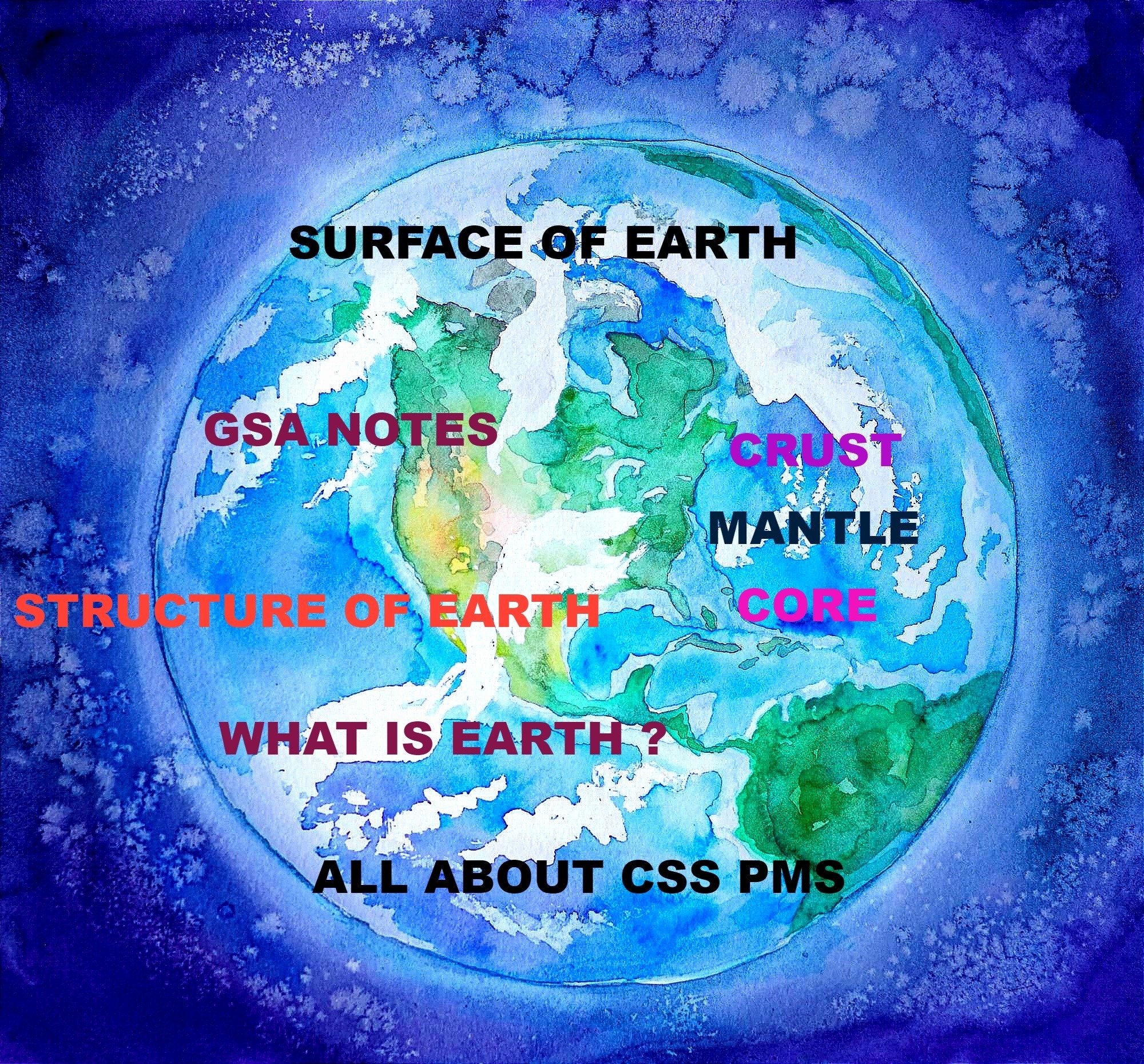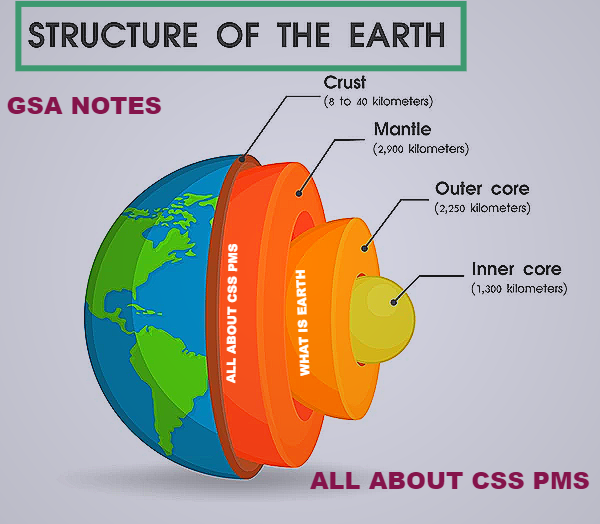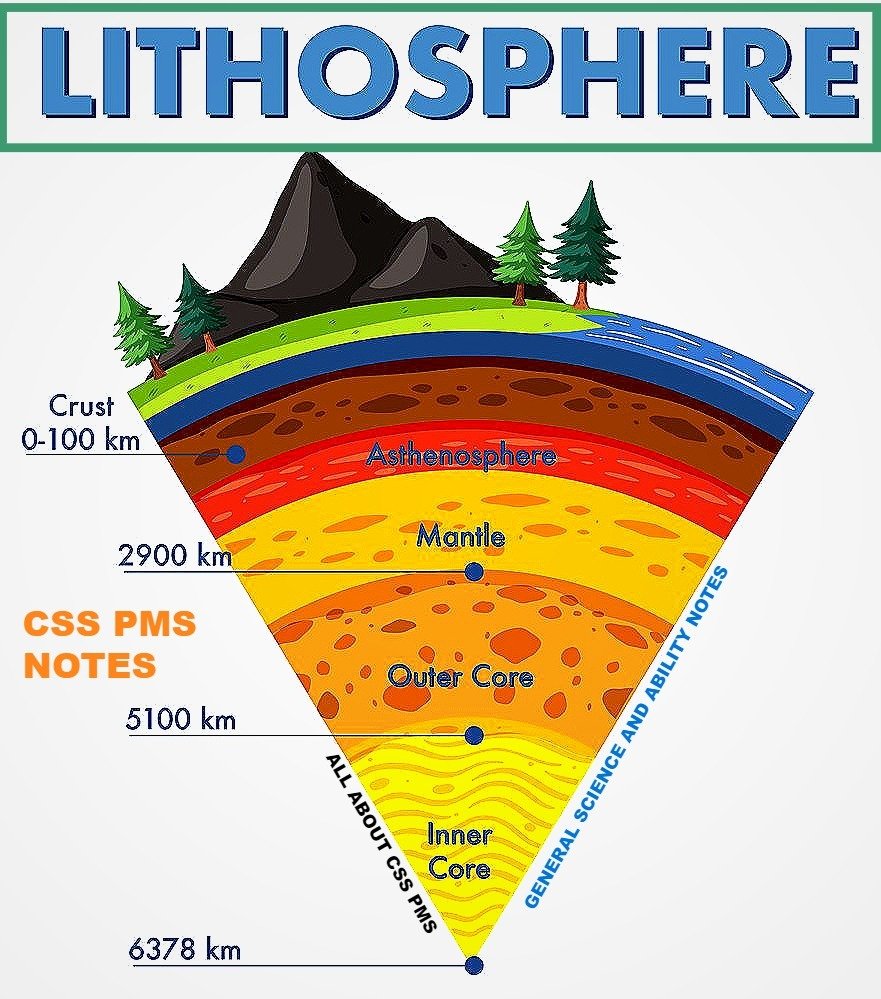WHAT IS EARTH ?

INTRODUCTION :
- Earth is he third closest planet to The Sun.
- It is the only planet we have found that contains life.
- Earth is 4.543 billion years old.
- Earth's surface is mainly water.
- Earth rotates at around 1000 miles an hour.
- Earth's atmosphere is made of gases.
- Earth is not perfectly round.
- Distance from The Sun is 149.6 million km.
- Mass of The Earth is 5.972 *1024 kg
- Radius of The Earth is 6371 km
- Age of The Earth is 4.543 billion years.
- Gravity of The Earth is 9.8m/s2
- Surface Area of The Earth is 510.1 million km2
- Population of The Earth is 8 Billion as of 2024.
- Circumference of The Earth at Equator is 40,075 and at the poles 40,024 km.
- Equatorial radius of the Earth is 6,377 km.
- The total mass of the Earth is 5.98*1024kg.
- Approximate age of The Earth is 4500 million years.
- The mean velocity of the Earth in its orbit (around the Sun) is 107,218 km/h.
- The most abundant elements of The Earth are
- Iron (about 32.5%).
- Oxygen (29%).
- Silicon (15.6%).
- Magnesium (13.9%)
STRUCTURE OF THE EARTH :
The Earth is Structured in three layers namely
- Crust
- Mantle
- Core

CRUST:
- The Crust is the uppermost layer of The Earth, largely composed of rocks. Its thickness ranges from 5km to 60km and density ranges from 2.7 to 3.
- The Crust shares about 1 percent of Earth's volume.
- The Crust is categorized as 'Continental Crust' and 'Oceanic Crust'.
- The thickness of Continental Crust ranges from 30 km to 50 km. It is largely composed by granites, which density (i.e 2.7) is lesser than the Oceanic Crust.
- The thickness of Oceanic Crust ranges from 5 km to 10 km and it is composed primarily of basalt, diabase, and gabbro.
- The most abundant element of Crust is Oxygen (46%) followed by Silicon (27.7%) and Aluminum (8.1%).
- The Crust is also known as 'Sial' ( i.e Silicon and Aluminum).
MANTLE :
- The boundary between the Crust and the MAntle is known as the "Mohorovicic Discontinuity".
- The Mantle is located between the crust and the (outer) Core, which thickness is about 2885 km.
- the Mantle shares about 83% of The Earth's volume and about 65% of the mass.
- The density of Mantle is about 3.4g/cm3.
- The upper layer of Mantle is known as 'Asthenosphere'.
- The Crust and upper part of Mantle collectively known as 'Lithosphere'.

CORE :
- It is the central or inner most part of the Earth.
- The Core is mostly composed of iron and nickel; therefore, it is also known as 'Nife' (i.e Nickel and Ferrous).
- The Core shares about 16% of Earth's total volume and 30% of the mass.
- The thickness of the Core is about 3400 km from the Mantle (likewise, the total depth from the Surface of the Earth is 6300 km).
- Core is categorized as outer core (which is in molten state) and inner core (which is in solid state).
- Density of the inner core is about 13g/cm3.
Comments


